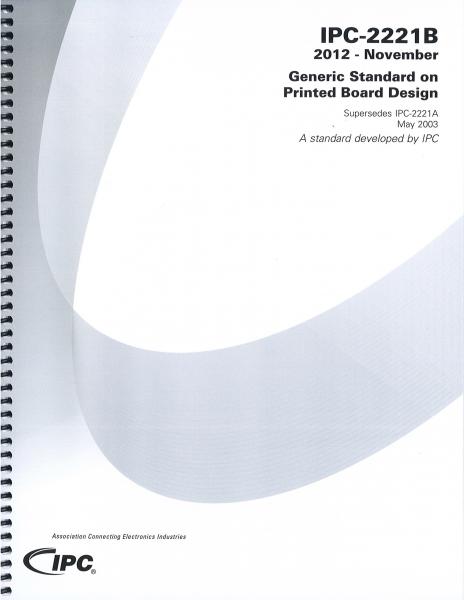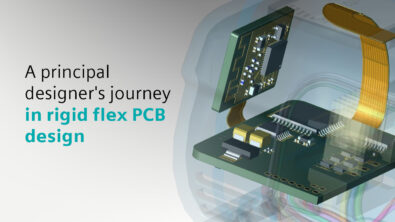What Performance Class is Your PCB?
For this answer we’ll refer to IPC-2221B. There are three general classes that have been established to reflect progressive increases in sophistication, functional performance requirements and testing/inspection frequency for PCB’s. IPC-2221B establishes the generic requirements for the design of printed boards and other forms of component mounting or interconnecting structures, whether single-sided, double-sided or multilayer.
 IPC-2221B is considered the foundation design standard for all documents in the IPC-2220 series. It establishes the generic requirements for the design of printed boards and other forms of Performance Classes for rigid PCB’s as defined by IPC-2221.
IPC-2221B is considered the foundation design standard for all documents in the IPC-2220 series. It establishes the generic requirements for the design of printed boards and other forms of Performance Classes for rigid PCB’s as defined by IPC-2221.
It includes criteria for conductor characteristics, surface finishes, via protection, board electrical test, dielectric properties, board housings, thermal stress, compliant pins, panelization and internal and external foil thicknesses. Additionally; Appendix A provides new test coupon designs used for lot acceptance and quality conformance testing.
Source: IPC CHECKLIST for Producing Rigid Printed Board Assemblies (Revision June 2019)
“It should be recognized that there may be an overlap of equipment categories in different classes. The user has the responsibility to specify in the contract or purchase order, the performance class required for each product and shall indicate any exceptions to specific parameters, where appropriate.
IPC Class 1:
General Electronic Products — Includes consumer products and some computer and computer peripherals suitable for applications where cosmetic imperfections are not important and the major requirement is function of the completed printed board.
IPC Class 2:
Dedicated Service Electronic Products — Includes communications equipment, sophisticated business machines, instruments where high performance and extended life are required and for which uninterrupted service is desired but not critical. Certain cosmetic imperfections are allowed.
IPC Class 3:
High Reliability or Harsh Operating Environment Electronic Products — Includes the equipment and products where continued performance or performance on demand is critical. Equipment downtime cannot be tolerated and must function when required such as in life support items or flight control systems. Printed boards in this class are suitable for applications where high levels of assurance are required and service is essential.
Please NOTE that the final performance class for printed board assemblies (assembled, soldered, cleaned and tested) cannot be any greater than the performance class called out for the bare printed board. That is, in order to obtain a Class 3 with the assembly printed board assembly, an IPC Class 3 recognition of the bare printed board (anything with a Class 2 or 1 with the bare printed board prevents obtaining a Class 3 with the printed board assembly) must be first obtained.”
Download a free trial of PADS Professional
If you are new to PCB design or interested in learning more about IPC-2221B and PCB performance classes I encourage you to visit http://www.ipc.org/
Thanks for reading, John


